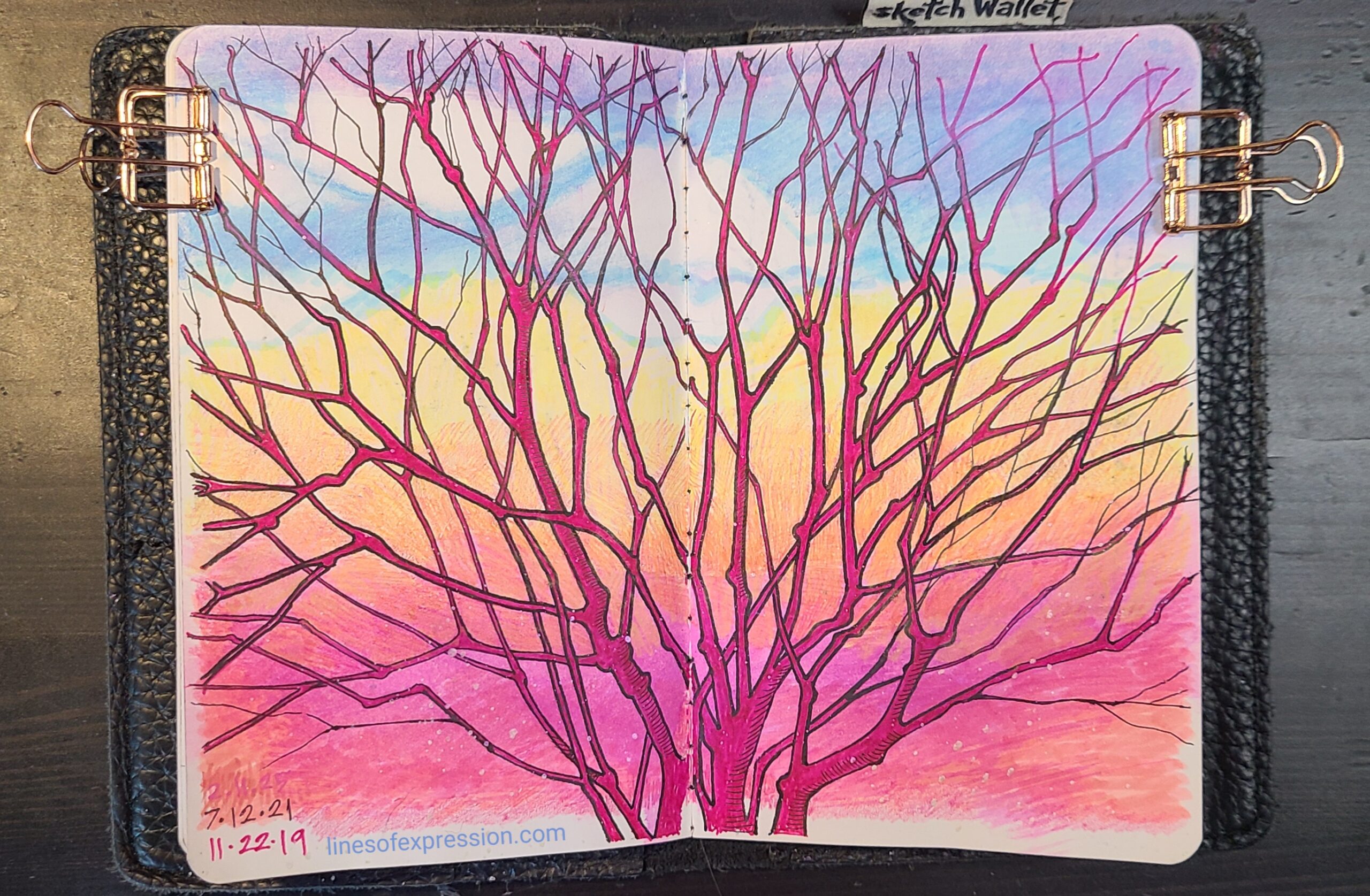
A sketchbook is a place to play and do creative research.
Use it to make drawings, doodles, write out thoughts, new ideas, phone numbers, recipes, song lyrics, overheard conversations, and lists.
If your goal is to have a sketchbook that has a beautiful drawing on every page, you will find that you are editing before you have a chance to finish creating. But drawing is like writing. You don’t edit for grammar before you finish writing. In the same way that writers are guided to get it all out and THEN correct grammar and sentence structure, artists can follow this example too. Your creative spirit will thank you.
Do the equivalent of a brain dump into your sketchbook. Let the pen drive, not your brain.
Check Your Attitude and Expectations
Your attitude can be the thing that blocks fun and growth in the sketchbook. If you’re thinking of:
- how much you paid for the sketchbook, or
- whether the next drawing will exceed the one before it, or
- if the drawing will be something you want recorded forever for people to see and judge, then
You’re not free to make (mistakes) discoveries.
In order to make your sketchbook a place to play, remove the pressure. Go to your sketchbook with no expectations. Just pick a tool and see what happens. The sketchbook can be a therapy session where you express yourself in only colors and lines. It can be a place you look forward to coming to.
Have no pressure to complete one page either. Take the tool you picked and make marks on MANY pages.
Sketchbook Plan Bs
To use your sketchbook as a playground, have a backup plan for what you will do if the page is hopelessly ruined. Feel free to:
- cover that page with white or black gesso, or
- the blackest ink, or gouache
- collage over it, or
- put a sticky note over just the part you hate and make a new version of that spot on the sticky note. Or
- you could just tear the page out (leave an inch or so of the offending page) and glue a paper bag page in its place.
- You could make a dutch door out of the page. This way you can let things happen and not be stressed if it turns out badly.
- or tear it out and use the pieces to collage another page.
Sketchbook Playground Options
What is a low pressure drawing technique? I’m glad you asked. Anything with repetition and simplicity so that you can enjoy the act of drawing without waking up your inner critic.
See several ways to draw in your sketchbook without spending any energy on precision below:
- Automatic Drawing is a technique where the artist lets their subconscious take control of the pen, creating spontaneous lines and shapes without thinking about the final outcome. This technique can help to loosen up your drawing style and free your mind from self-judgment. To try automatic drawing, simply start with a blank page and a pen or pencil. Close your eyes, take a deep breath, and let your hand move freely over the page. Don’t worry about what you’re drawing, just let the lines flow naturally.
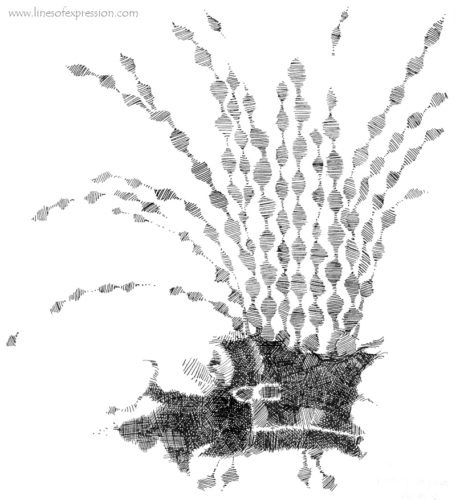
- Value Studies involve creating a drawing using only tones to explore the range of values in a composition. This technique can help you to develop your understanding of light and shadow, as well as creating depth and dimensionality in your artwork. To start a value study, choose a simple subject, such as a fruit or a household object, and observe the way the light falls on it. Use a pencil or pen to create a series of values, ranging from the darkest black to the lightest light.
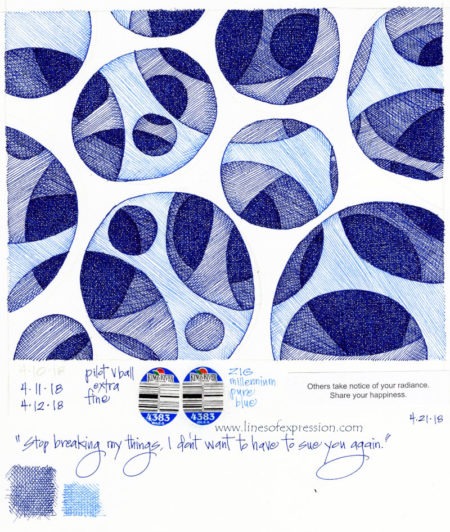
- Blind Contour Drawing is a technique that involves drawing the contours of an object or subject without looking at the paper. This technique can help you to develop your hand-eye coordination and your observational skills. To try blind contour drawing, choose a subject and place it in front of you. Take a deep breath, and without looking at the paper, use a pen or pencil to follow the outlines of the subject. Don’t worry if the drawing is imperfect, the goal is to improve your accuracy over time.

- Doodling is a fun and relaxing way to draw in your sketchbook without any pressure. This technique involves creating small, repetitive drawings and patterns that can be combined to form a larger composition. Doodling absolutely counts as drawing. Any marks you make at all COUNT.
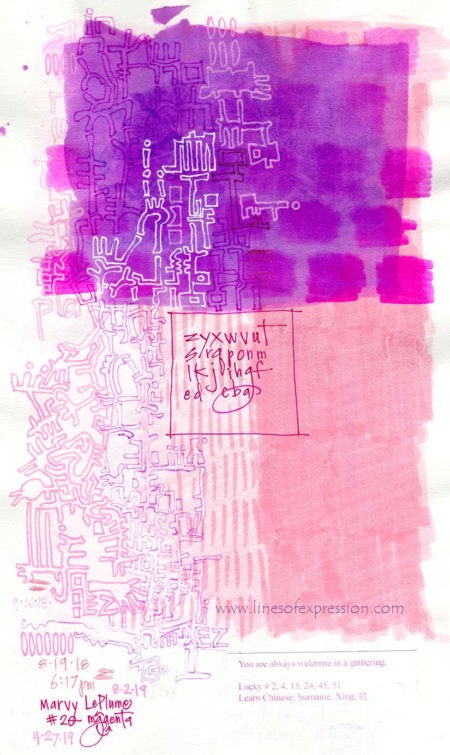
- Collage is a technique that involves cutting and pasting different images and textures onto a page to create a new composition. This technique can help you to develop your sense of composition and color, as well as creating a sense of depth and texture in your artwork. To start a collage drawing, gather a variety of images and textures, such as magazine cutouts, colored paper, or fabric scraps. Use a glue stick, modge podge, scrapbook glue (like zip dry), or matte medium to attach the images onto the page.
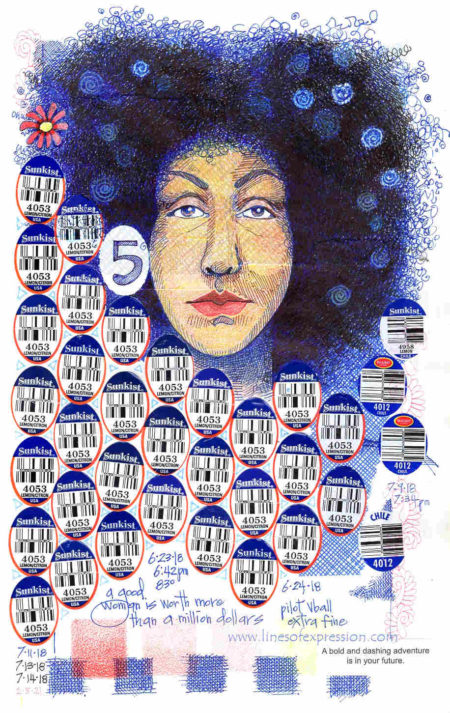
- Scribbling involves creating a drawing by using quick, messy scribbles or lines to create a form or shape. This technique can be a fun way to create loose and expressive sketches. To try scribble drawing, start with a blank page and a pen. Make quick, energetic marks on the paper to create a form or shape. Keep adding more scribbles until the drawing feels complete.
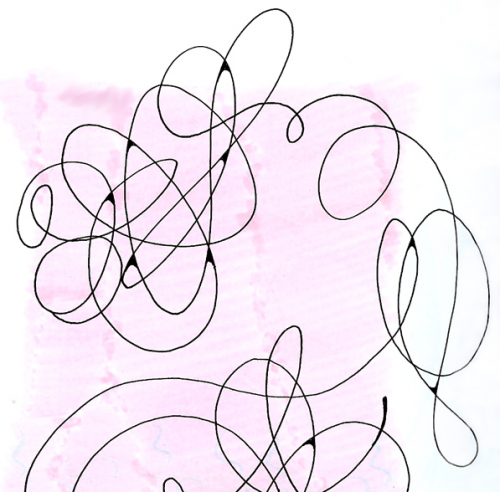
- Continuous Line is a technique where the artist draws a subject using a single, unbroken line making sure not to lift the pen from the paper. This technique is similar to blind contour drawing, but you allow yourself to look at the page. This technique can help to improve your hand-eye coordination and observation skills. To start a continuous line drawing, choose a subject and a pen. Start at one point and draw the entire subject without lifting the pen from the paper. Don’t worry if the drawing is imperfect, the goal is to capture the essence of the subject in a single line. In fact imperfection makes the drawing more interesting.
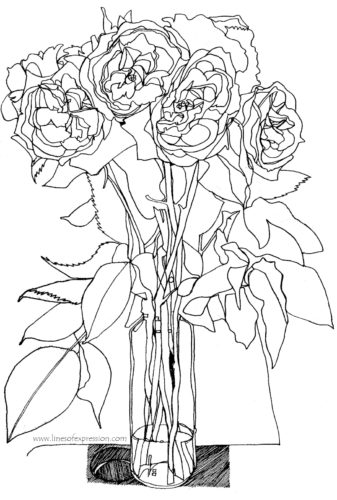
- Lettering or Handwriting is also drawing. Use typography or even illegible handwriting to add texture, or secret messages that only you know what it says. I like to write a message with huge letters, then cover it with smaller letters maybe in a different direction.
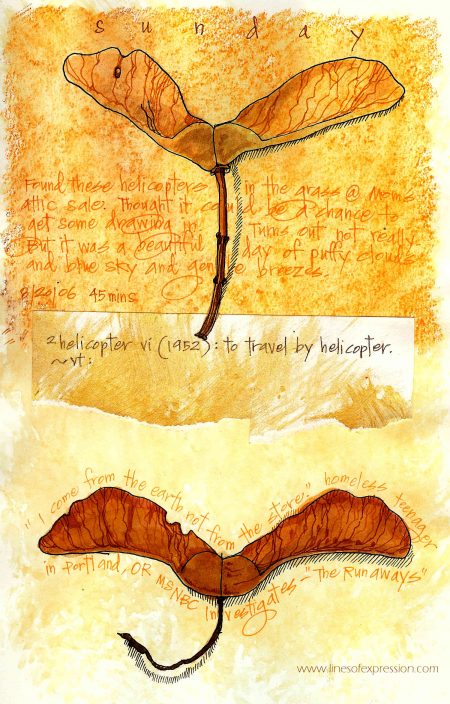
In conclusion, use your sketchbook as a place to play without expecting a finished drawing to appear on every page. Having a sketchbook playground is a good way to have fun and be free to be surprised at what happens. Acknowledge that great drawings come every 6th or 7th attempt (or more). By trying techniques like automatic drawing, value studies, blind contour drawing, doodling, and collage, you can develop your skills and create unique and interesting artwork in your sketchbook.
Make having fun the priority and enjoy the creative process!
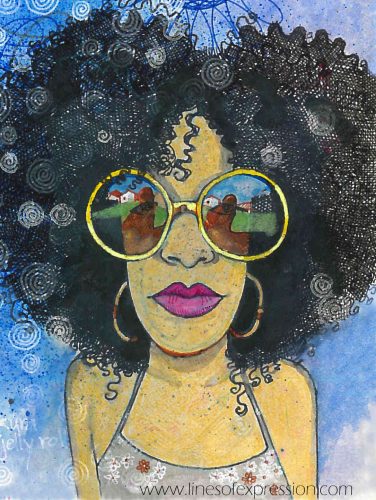
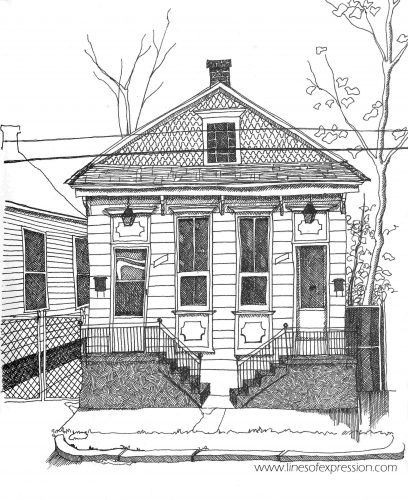
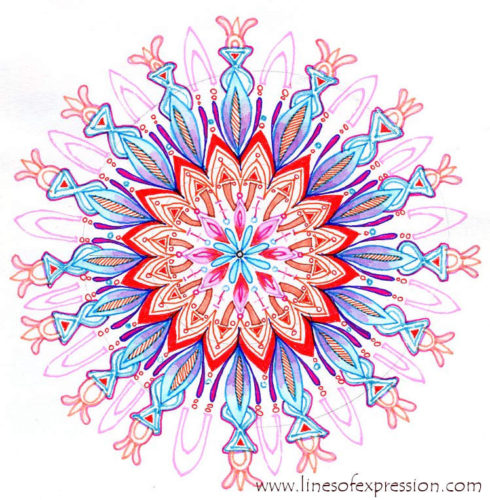
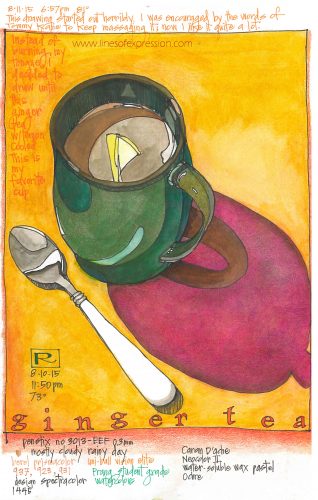
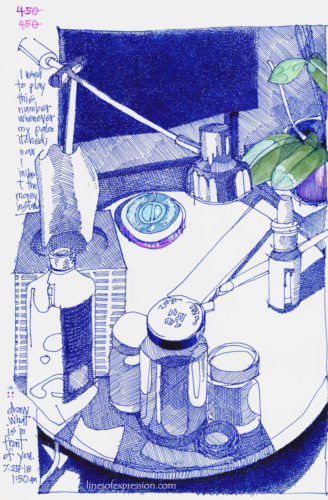

Leave a Reply